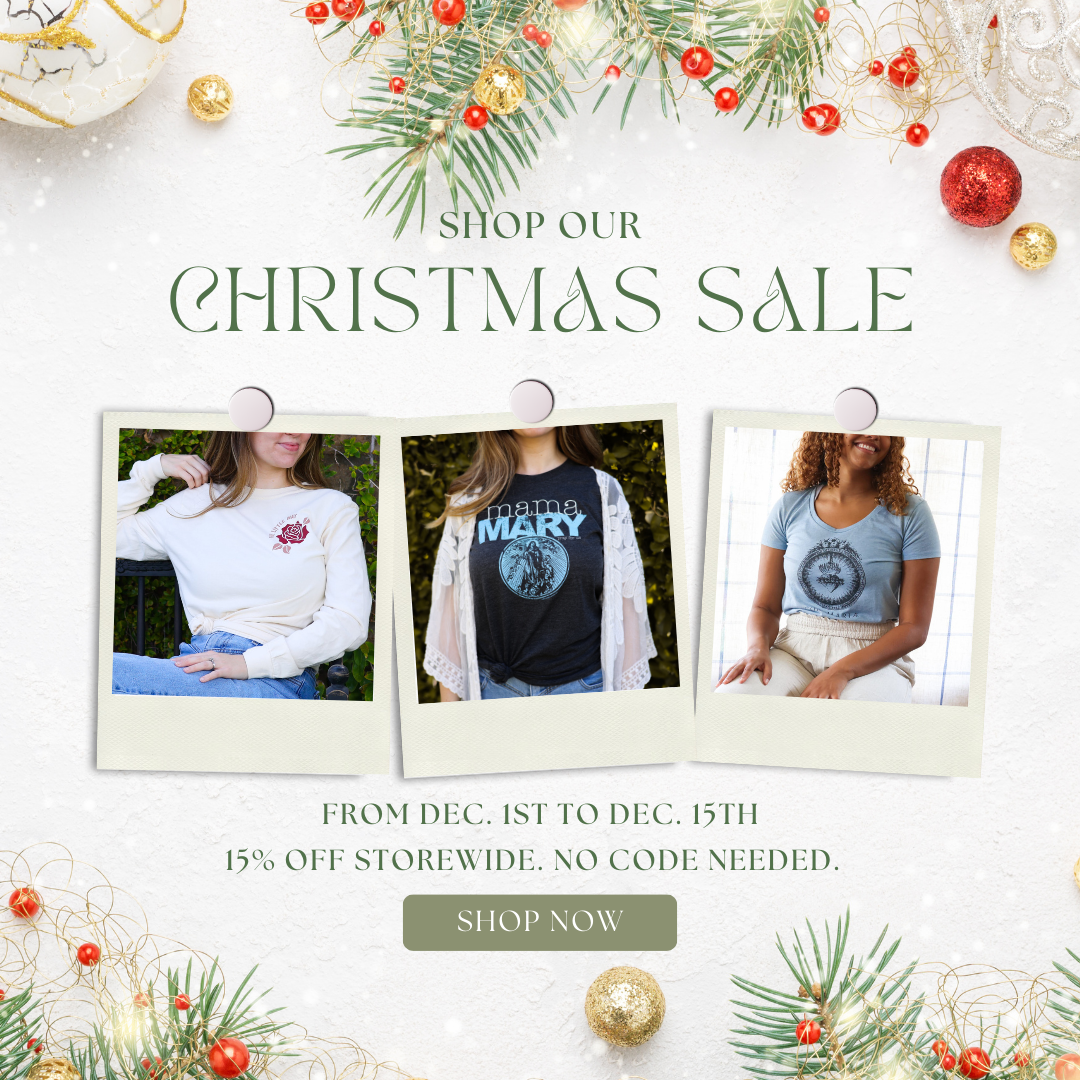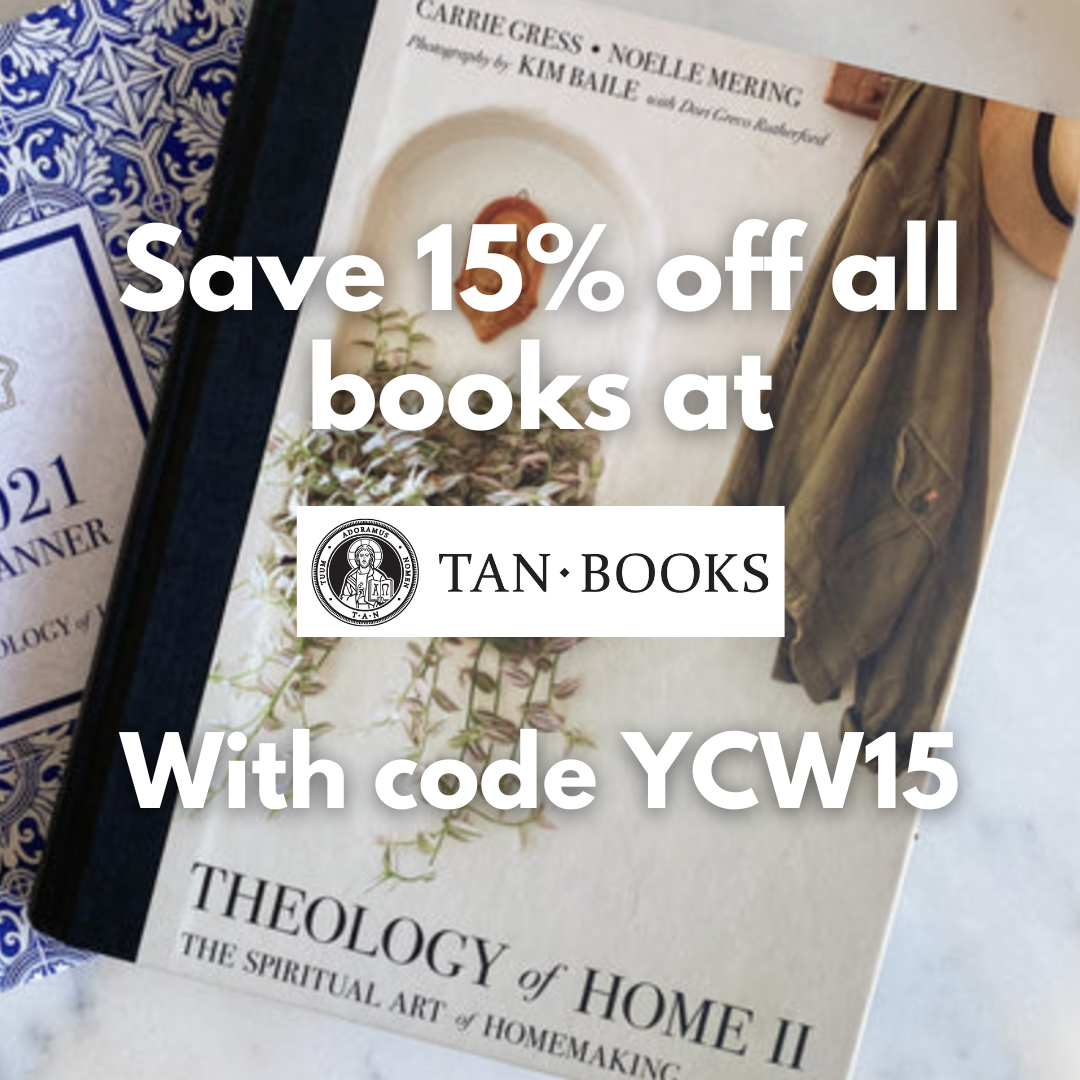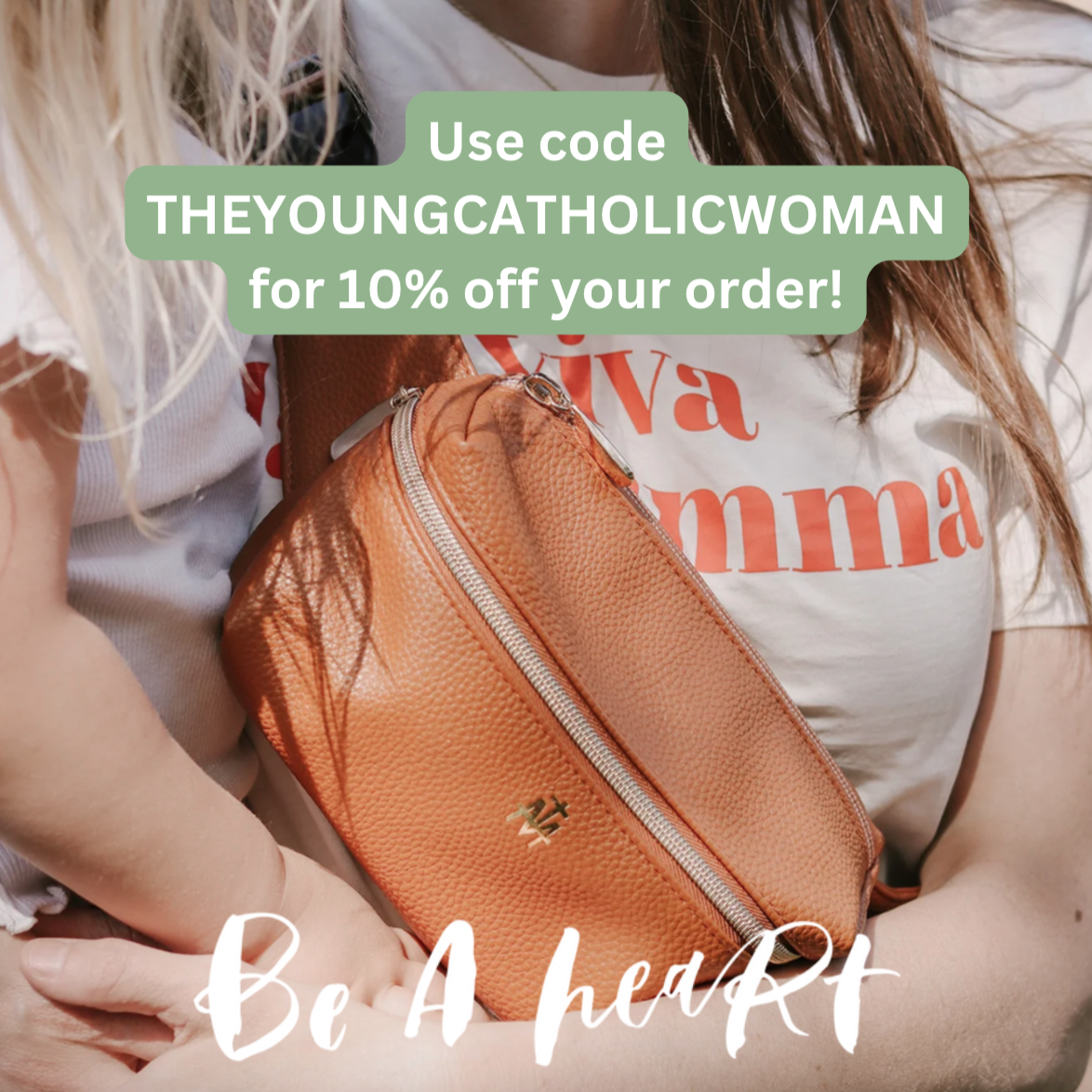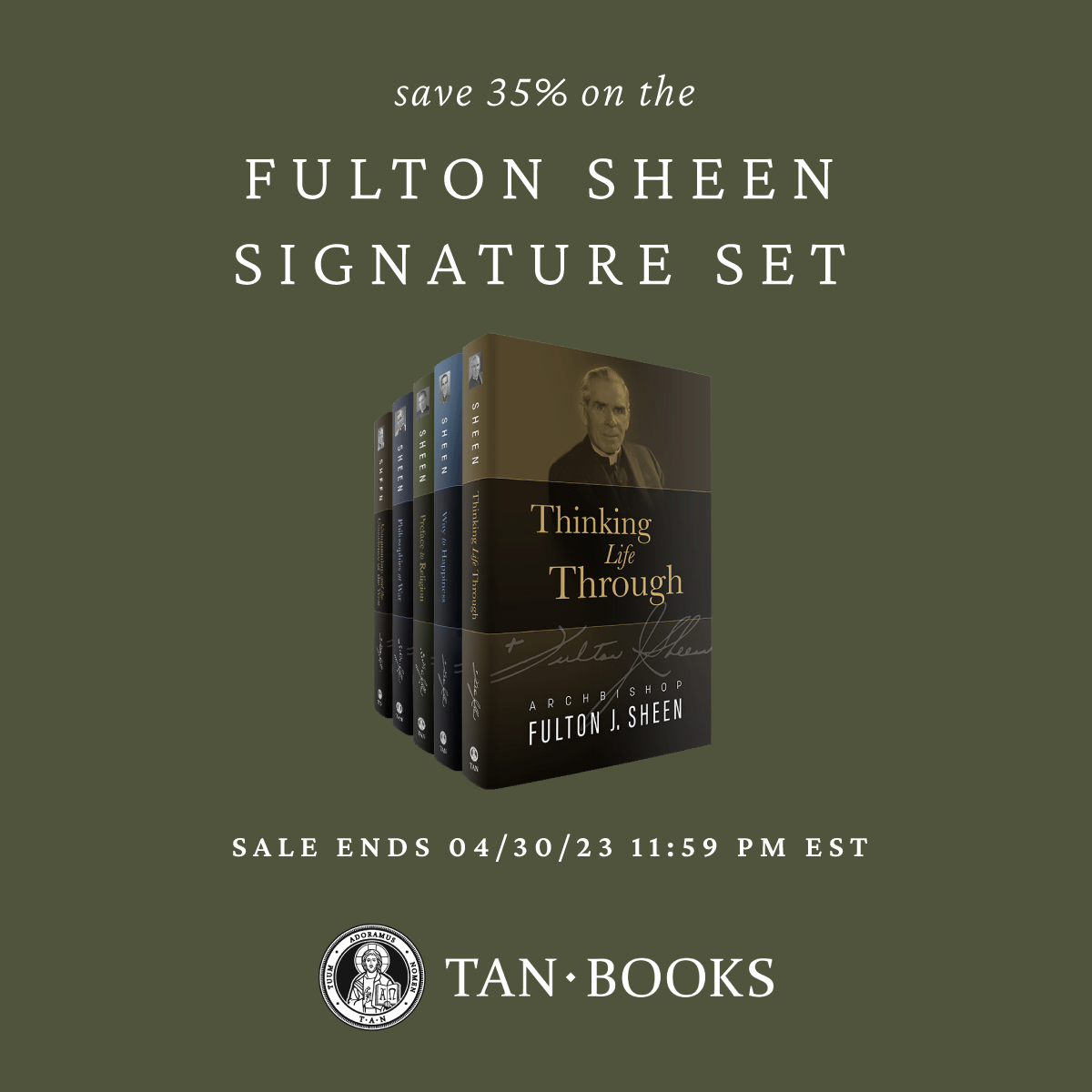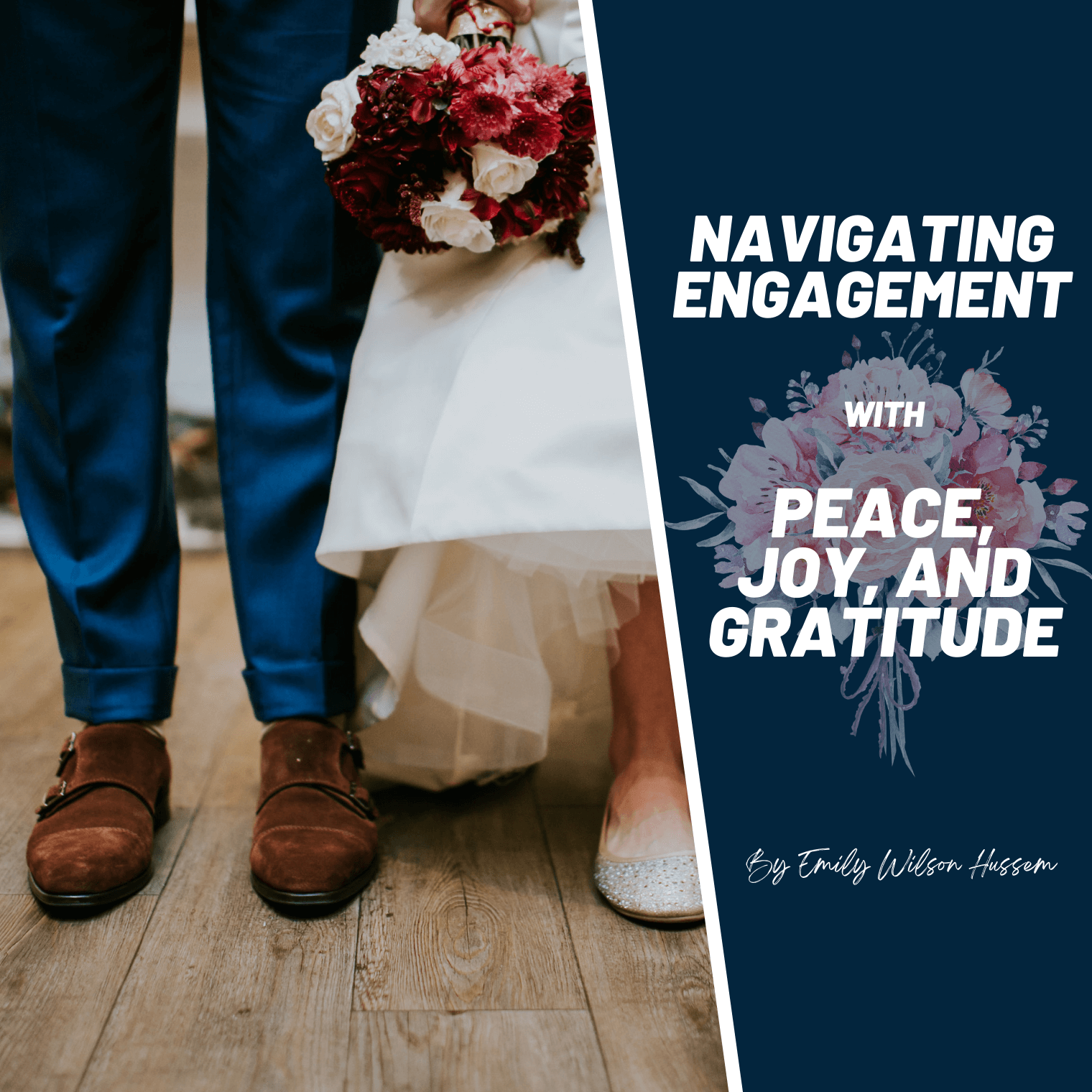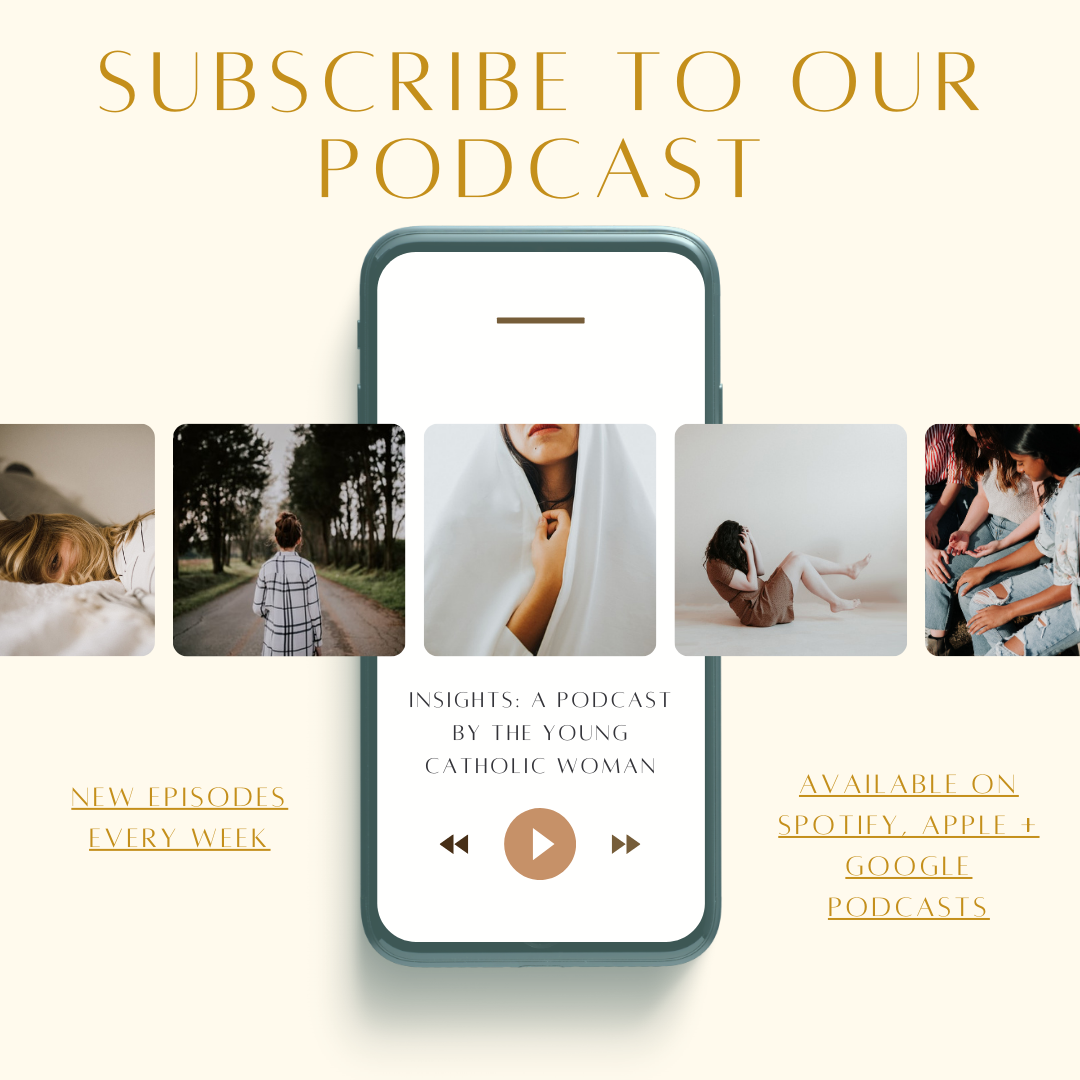Wellspring: A Mother Artist Project
A new INITIATIVE is being born, and yes, it’s by mothers.
Wellspring is a project that seeks to support and elevate the work of mother artists through nurturing retreats, annual art exhibitions, workshops, and a community in which we can share and support one another’s artistic process, spiritual life, and motherhood journey. With their recent launch this summer, we got to be flies on the wall to listen in on what inspired the project in this interview with Wellspring cofounders Jess Sweeney and Mia Eckes and Shemaiah Gonzalez, a mother and writer based in Seattle who thrives in moments where storytelling, art, literature, and faith collide.
Shemaiah: Tell me about Wellspring! A mother artist project. What is it? And how did you dream this up?
Mia: It’s sort of a lapse of many different years and components coming together. Meeting women of faith who were artists, who were wanting to really tap into their creativity and art in a deeper way. And talking with Jess and a couple of other artist friends we have in common, we posed: What would it be like to have a gathering of women come together and nurture ourselves as moms and as artists? What would it feel like? That's the question that kind of launched the idea.
Jess: I had my two girls and was sort of trying to figure out how to make space for . . . myself, I guess, in the midst of it. And I ended up coming across Mia’s [instagram], and I saw that she was doing some creativity coaching, and I thought, “Oh, that sounds really interesting.”
And so I reached out to her, and we ended up doing some work together through her Kaizen Muse coaching. Through that I really found this sort of life of being able to talk to another woman of faith but also a mother and an artist, who was really trying to take these things seriously. And it was just very life-giving to make room in my life for creativity, but as a mom. And that was something that Mia really kind of helped me see: What does it look like to be an artist and a mother at the same time?
When our sessions came to a close, Mia proposed this idea that she had, this kind of dream project for this Wellspring Project—it didn’t have a name at the time. And from there we just kind of, I don’t know, it kind of took off a bit for us.
Shemaiah: And what’s your vision for Wellspring, for other mothers?
Jess: The hope is to be able to fill what we think is maybe a little bit of a gap in the art world. There’s this really amazing mother culture and mother artist culture, particularly on Instagram, and there’s very exciting things happening. There’s books coming out kind of exploring mother artists, and different workshops and podcasts, but our sense is that there maybe isn’t as much happening through the lens of faith, in this idea of finding rest amidst the process. [Our hope is to] create this nurturing environment for women to be able to find each other, and to be able to talk and make and share their own journeys together.
Mia: Looking back at my own path, I wondered “Could I create something for them [mother artists] that they didn’t have to work quite so hard or look so hard for?” Graduating from my undergrad, I was looking for something like this. Some way to connect with other women who have shown this path of connecting their faith with their art. And what would it look like to have children alongside, and a family alongside? What does that look like?
Part of the collective is this idea is that we elevate the artwork of mother artists and that we also respect the individual path of each artist and how they enter onto this on-ramp, into this new phase of life as a mother artist. Because it’s not clear, and there’s different entry points. And I guess that was—part of the vision is: How can we show that it’s sustainable? And that there’s a community that is understanding and welcoming and wants to be there for each other?
Shemaiah: I think about when my kids were—well, before they were born, when I was sort of nesting and getting very excited. And a lot of people were really discouraging. Like, “Oh, that’s not going to last very long,” you know?
And I didn’t want to hold on to that discouragement because I thought, “No. I can do this.”
Shemaiah: You want to provide this space for other women, but that comes out of a deep need in yourself, where you realized that it wasn’t getting met in yourself. What was that need? And how do you want to fulfill that for other moms?
Jess: I’ve always done sort of artistic work, but I think this is the first time where I really will say to people like, “I’m an artist.” I would not have said that before.
Part of what I have been looking for in my own life is a way of thinking about the intersection between motherhood and making, whatever that making is for different people.
I think it’s important to know that this isn’t a project that’s just for women doing sacred art. I hope that, in part, the project will kind of feed that sort of need for that conversation to be happening between those three things: being a mom, being a maker, and being a woman of faith.
And I think in part it comes out of a practical need that I still am trying to figure out: how can I bring together those two parts of my life, in part because I don’t have enough time to do both separately. So I’m looking for ways to integrate them. So how can my making be a form of prayer in some ways, and how can my prayer feed my making?
Left: Jess Sweeney, Wellspring cofounder, artist, writer, and arts initiative director Right: Mia Eckes, Wellspring cofounder, fiber artist and Kaizen Muse creativity coach
Mia: Looking back at the early years of becoming a mom with small children and babies, wanting to continue to create and be validated in my work felt important to me. I had heard all kinds of messages of “You cannot be both. You have to choose. And there’s no way that you can create if you’re a mom. It’s just over.”
I mean, those were kind of the undertones I sensed from other artists, or people in my life. Some of them suggested, “You either have kids before you get your master’s or after your master’s. You pursue your art only. But you can’t do both.”
I was just very curious about that, and I didn’t believe it. I just—well, because I had an example in my own life— my mom is an artistI knew it was possible. Validation is [also] a huge part of what I hope this collective can provide . . . validating and acknowledging progress. Small progress is important. Every step along the way is important and builds upon another. The more we connect with other people, the more opportunities happen. I am of the belief that we are creators created by a creator to be creative. And the mother is like almost the ultimate [epitome]that because we’re creating in everything that we do in our day. We’re being creative in how we think about being attentive to our family and our home - everything. There’s just no stop to it. But what doesn’t happen is the rest and the validation and the acknowledgement that you are being creative.
Shemaiah: How do you plan to make that happen?
Jess: We’re hoping is to sort of [create] a rhythm of making for these different women who connect through Wellspring.
We have planned pop-up retreats in the fall,one on the East Coast in Philly and one in the Midwest in Collegeville, Minnesota. But the hope is that that’ll be the first kind of thing that people get to experience through the Wellspring Project. Throughout the year have special events in the winter that might be online and then have an exhibition in the spring. And then in the summer maybe have a workshop.
Having this kind of rhythm that we can tap into can kind of help with that, kind of inspire and kind of re-motivate, reorient us towards what we’re trying to do.
Shemaiah: I love the yearly rhythm aspect of it because it’s so liturgical, you know? There’s just that inner flow within us that’s just built there already. And so to kind of build on that I think is just lovely.
Mia: And when we think of creativity, it’s not something that is isolated. I mean, we need one another.
Shemaiah: Like a mirroring. Yeah. What they see in you, and then you see yourself again in them.
Mia: There’s so many wonderful concepts around collaboration, of working with people who have different ideas, but why not working with children, too? Why not look at your family? What are these interactions, the energy that’s happening there? There’s positive things. And I think that that’s something that Wellspring really wants to highlight, too, is just that there’s a lot of goodness, a lot of light, a lot of beauty that happens.
Shemaiah: You were inspired by a scripture passage in Jeremiah. And I just wanted to see if you guys could talk about that and bringing in that faith aspect a bit.Jeremiah 17:8: “He [or she] is like a tree planted by the waters that sends out its roots towards the stream. It does not fear when the heat comes, and its leaves are always green. It does not worry in a year of drought, nor does it cease to produce fruit. They will be like a tree planted by the water that sends out its roots by the stream.”
Jess: Mia is the one that sort of brought that Scripture kind of into our conversation as we were sort of doing some brainstorming just about the kind of feel of the project. I think what strikes me about that passage in relation to the project is this sort of sense that, women as mothers and as artists are sort of constantly being asked to bring more and more into the world. So there’s this outpouring that’s happening, but we also have to be fed, as well. Because if not, if that piece gets lost . . . and I think, you know, it just can become very overwhelming and you kind of fizzle out. You sort of burn out.
Mia: I get kind of emotional hearing it cause it’s very . . . it’s visual and it just feeds your soul, like hearing the words that there’s this continual source. And we get to tap into that, and we were made to be there in that source, too. That God is our continual source and he wants us to be fed and filled. And to bear fruit, good fruit. And also that it’s not totally up to us either. We’re co-creators, we’re not the creator. So it’s not dependent on what we do or don’t do, but the tree, this tree by the water offers rest and it offers sustenance.
And just to know that that is available to you as a mom. And to remember that. So I think we need that reminder. And when I think about the rhythm that we were just talking about, of Wellspring, knowing that it’s always there, that this is a place that you can go to. That was kind of connected with the scripture of like, “Oh, yes! I can go to the streams of living water. I can go to God. I can come here and be restored. And that it’s okay to rest and to put down my work. That’s part of the process.”
To learn more about the Wellspring Project or to check out their upcoming retreats, click here. Note: Retreats are not just for visual artists but for all creative mediums, from painting to writing, music and dance, and more.




